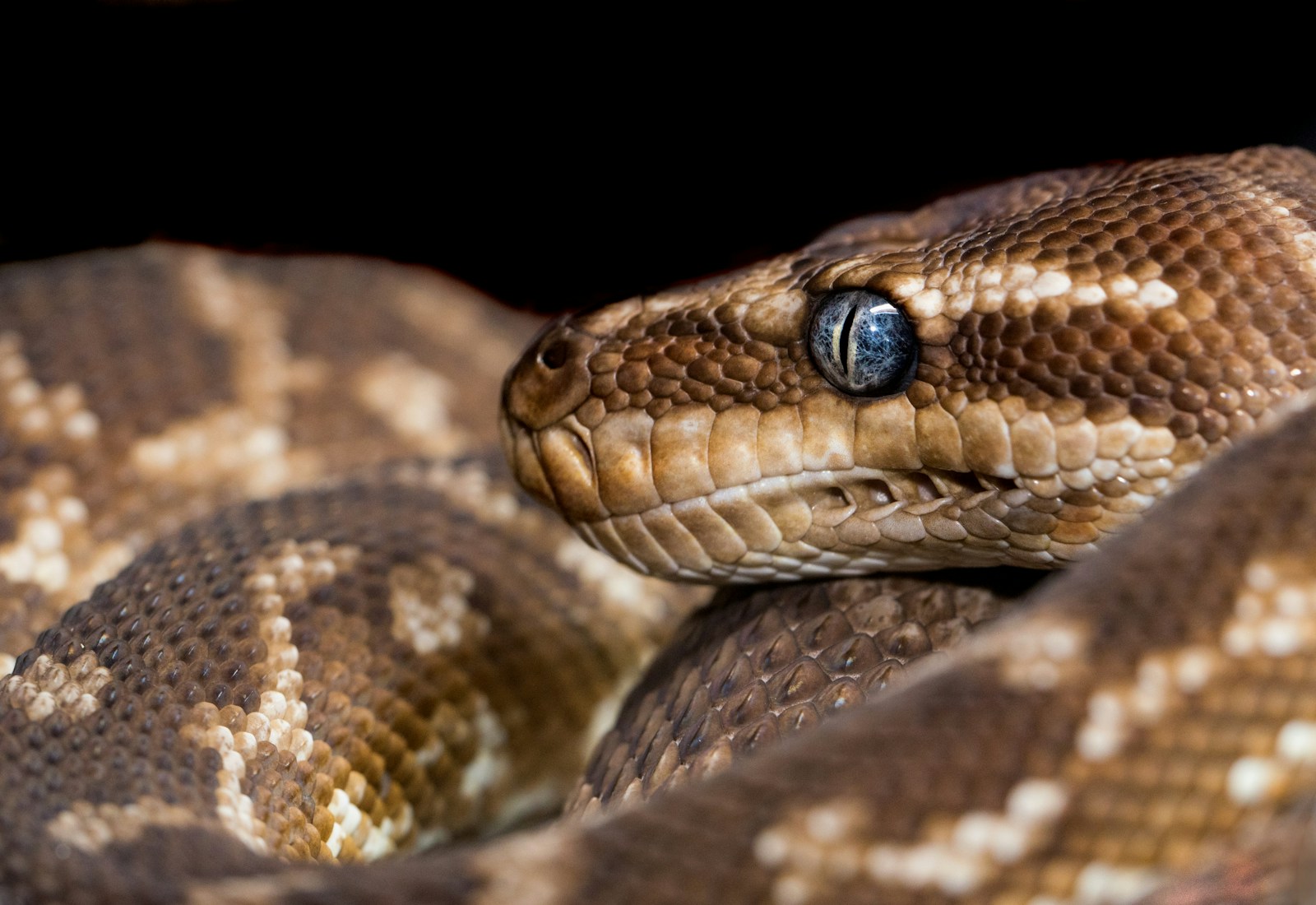The world through a snake’s eyes is a dramatic departure from human visual experience, changing significantly between daylight and darkness. While humans rely heavily on sharp, colorful vision, snakes have evolved specialized visual adaptations that allow them to be effective hunters regardless of lighting conditions. This remarkable visual flexibility enables them to thrive in diverse habitats around the world, from scorching deserts to dense rainforests. Understanding how snake vision transforms from day to night not only fascinates reptile enthusiasts but also provides valuable insights into evolutionary adaptations and specialized predatory strategies.
The Basics of Snake Vision
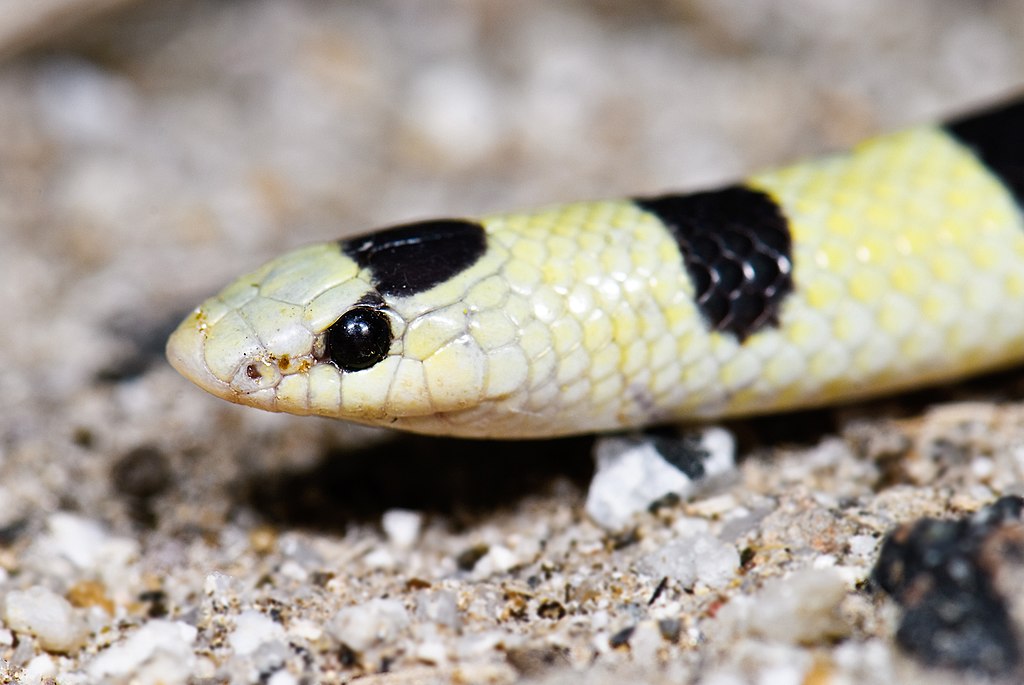
Snake eyes are fundamentally different from human eyes in several key aspects. Unlike our rounded pupils, many snake species possess vertical slit pupils that can dramatically change size to control light intake. Their retinas contain different proportions of photoreceptor cells compared to humans, with some species having more rods (light-sensitive cells) than cones (color-detecting cells). This distribution reflects their evolutionary priorities, emphasizing movement detection and functioning in low light over color discrimination. Additionally, snakes lack the fovea—a central retinal region packed with cones that gives humans sharp central vision, resulting in a visual experience that prioritizes detecting motion rather than fine detail.
Diurnal Snake Vision Characteristics

Daytime-active (diurnal) snakes have evolved vision optimized for bright conditions. Species like the garter snake and many colubrid snakes possess round pupils similar to humans, allowing consistent light entry throughout the day. Their retinas contain a higher proportion of cone cells, enabling better color discrimination and sharper daytime vision than their nocturnal counterparts. Many diurnal species can perceive ultraviolet light, an ability humans lack, which may help them track prey items that reflect UV light or navigate using the sun’s position. During daylight hours, these snakes rely more heavily on visual hunting cues, actively scanning their environment for movement and shapes that might indicate potential prey.
Nocturnal Visual Adaptations
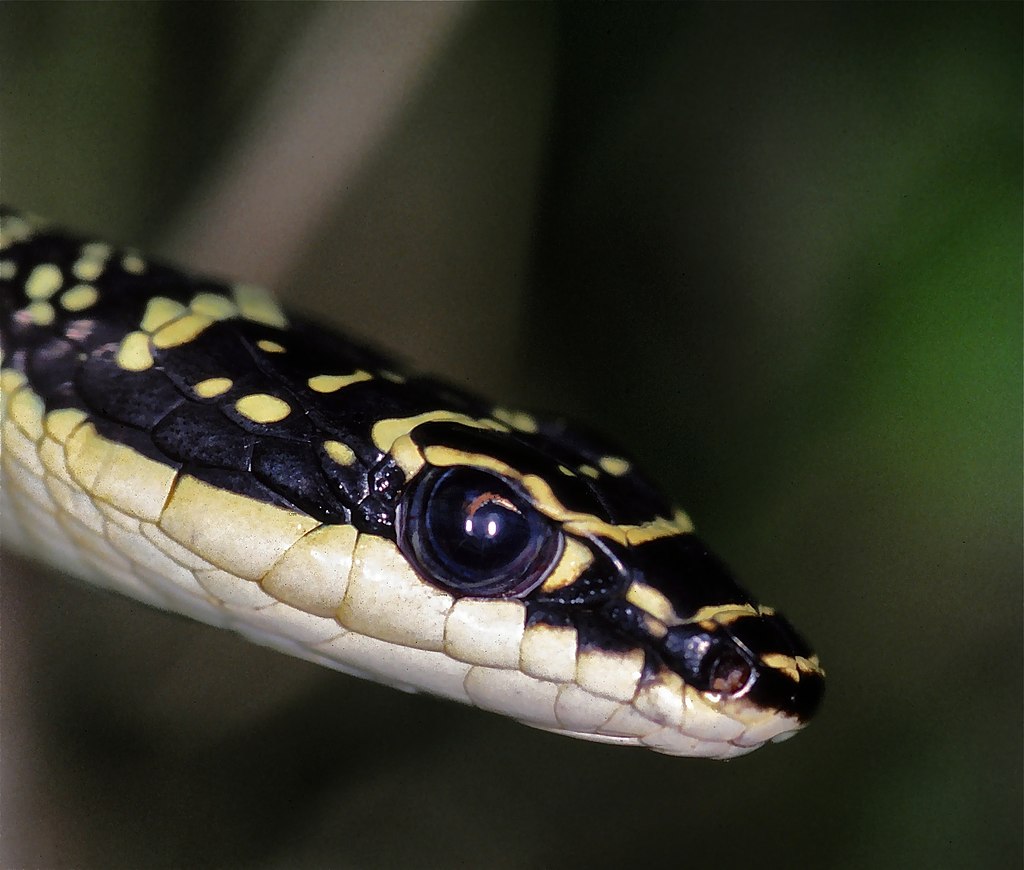
Nocturnal snakes display remarkable adaptations for seeing in the dark. The most notable feature is their vertical slit pupils, which can open extremely wide at night to capture available light while closing to thin slits during daytime to prevent retinal damage. These species possess retinas dominated by rod cells, which function in low light but offer limited color perception. Some nocturnal snakes have evolved a specialized layer behind their retina called the tapetum lucidum—a reflective tissue that bounces light back through the retina for a second chance at detection, dramatically improving light sensitivity. This adaptation creates the characteristic “eyeshine” visible when light is shined on nocturnal snakes in darkness, appearing as an eerie glow that reveals their presence to observers with flashlights.
Crepuscular Vision Specialists
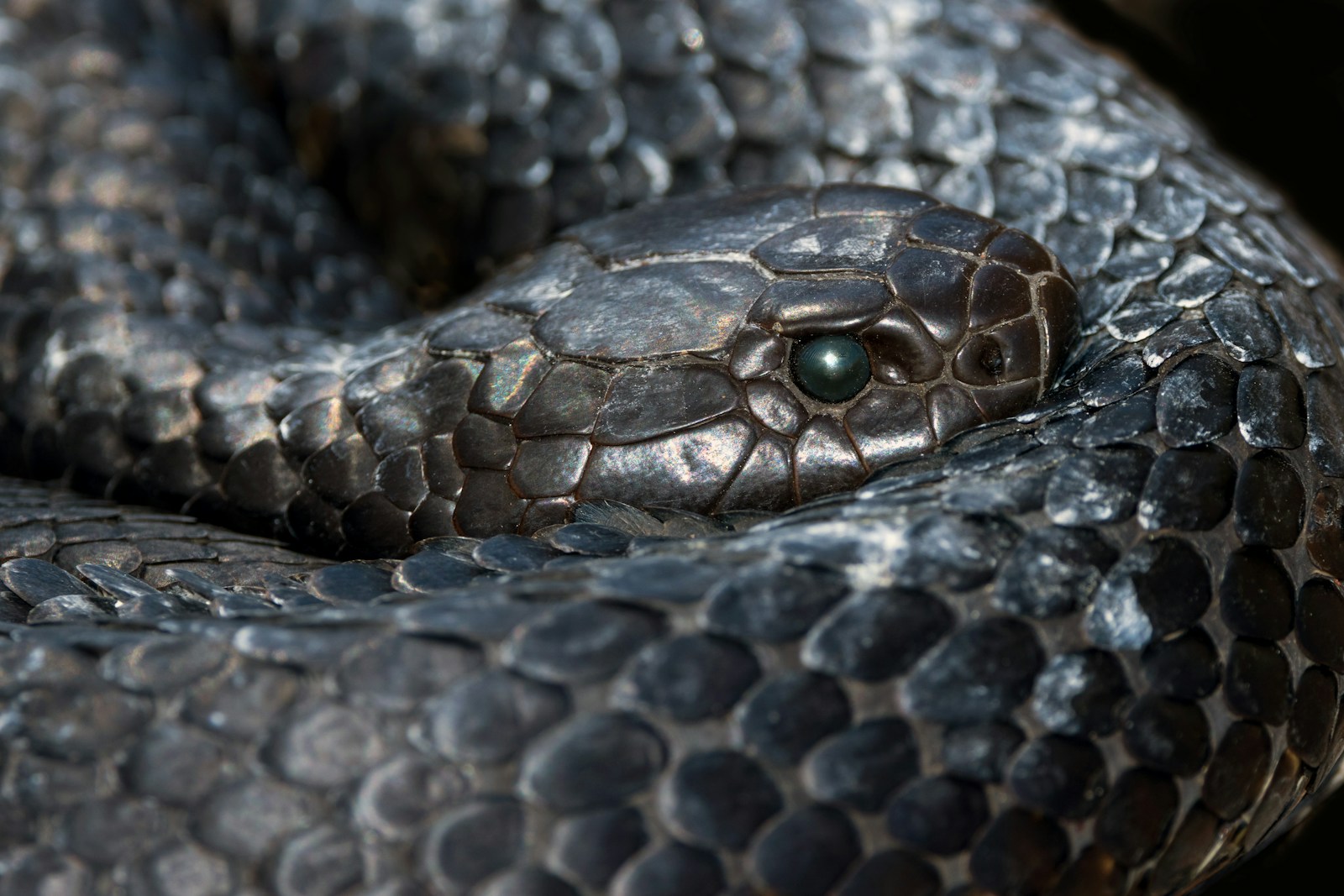
Many snake species are neither strictly diurnal nor nocturnal but instead are crepuscular, most active during dawn and dusk. These twilight specialists, including many pit vipers, possess visual systems that perform optimally in intermediate light conditions. Their eyes often show adaptations balancing the needs of both bright and dark vision, with moderately adjustable pupils and a more balanced ratio of rod to cone cells. This visual strategy allows them to hunt effectively during transition periods when many prey animals are active, but predators requiring full daylight or complete darkness may be disadvantaged. Crepuscular snakes often supplement their vision with other sensory systems during these intermediate light conditions, creating a multi-modal hunting approach.
The Role of Infrared Detection
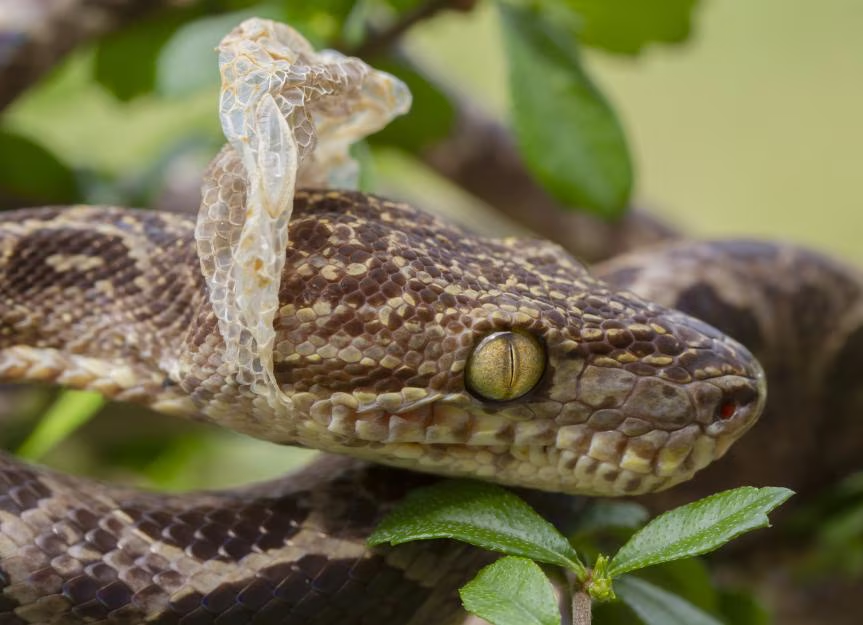
While not technically vision, the infrared detection capabilities of pit vipers, pythons, and boas represent a crucial “night vision” supplement. Located between the eye and nostril in pit vipers or as labial pits in boas and pythons, these heat-sensing organs detect infrared radiation (heat) emitted by warm-blooded prey. This sensory system creates a crude thermal image overlaid with visual information, allowing these snakes to precisely strike warm targets in complete darkness. The pit organs can detect temperature differences as small as 0.003°C and function effectively regardless of light conditions. This adaptation essentially provides these snakes with a form of “night vision” that operates independently of light, giving them a significant advantage over prey that might otherwise be invisible in darkness.
Color Perception Differences
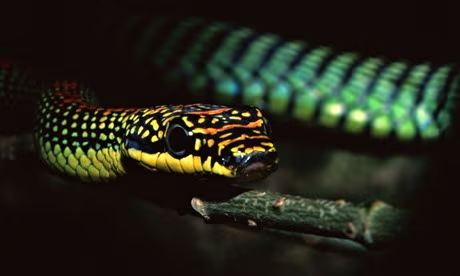
Snake color perception varies dramatically between day and night and across species. Diurnal snakes typically possess dichromatic vision, meaning they have two types of color receptors (compared to humans’ three), allowing them to distinguish some colors but with limitations. Their color vision likely emphasizes blues and greens, with reduced sensitivity to reds—an arrangement well-suited for detecting prey against natural backgrounds. In contrast, strictly nocturnal species sacrifice most color vision for enhanced light sensitivity, seeing their world primarily in grayscale during nighttime hunting. The trade-off between color perception and light sensitivity represents one of the most significant differences between daytime and nighttime snake vision, directly reflecting their primary activity periods.
Pupil Shape and Light Control
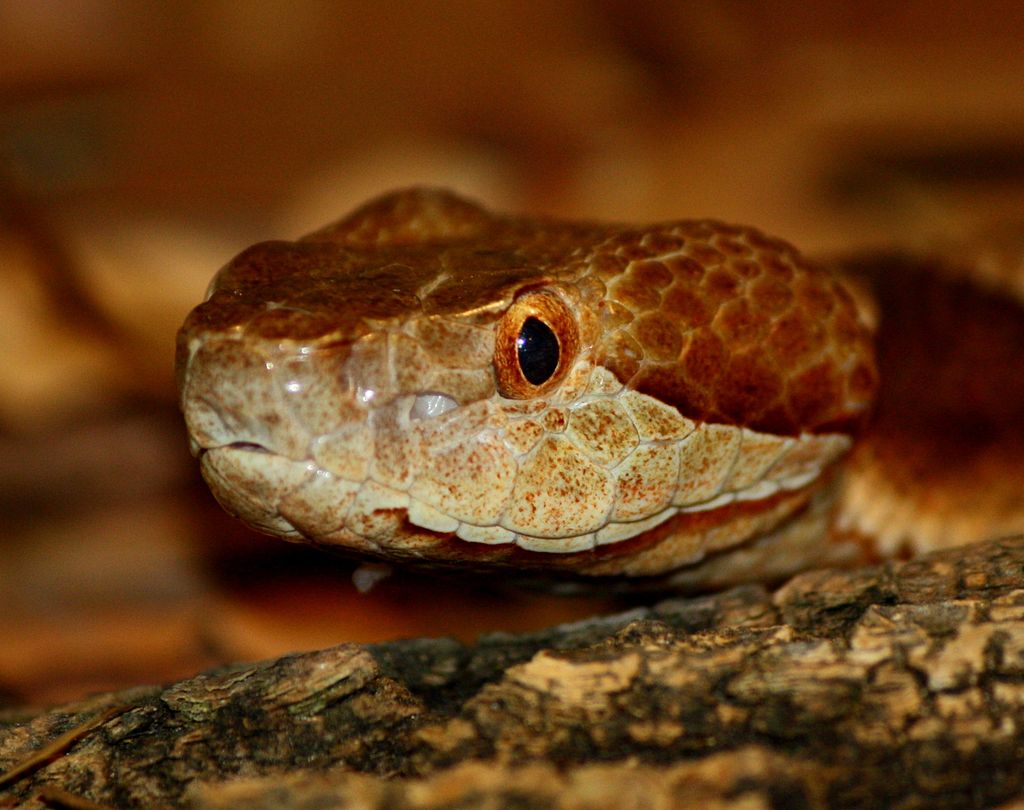
The distinctive vertical slit pupils found in many nocturnal snakes serve as sophisticated light control mechanisms. During daylight, these pupils contract to extremely narrow slits, minimizing light entry and protecting sensitive retinas from damage. As darkness falls, the same pupils can expand dramatically, sometimes widening to nearly circular shapes that maximize light-gathering capacity. This remarkable range of adjustment exceeds what round-pupiled animals can achieve, allowing for effective vision across a broader range of lighting conditions. The vertical orientation of these slits particularly benefits ground-dwelling predators, providing enhanced depth perception in the horizontal plane where their prey typically moves, while minimizing potentially distracting light from above.
Movement Detection Capabilities
Snakes excel at detecting movement, a capability that remains important in both day and night vision but employs different mechanisms depending on lighting conditions. Diurnal snakes rely primarily on visual detection of movement against backgrounds, with their visual systems finely tuned to notice the slightest motion that might indicate prey. Nocturnal species, while still sensitive to movement, depend more heavily on detecting contrast changes in their low-light visual field. The snake’s visual system prioritizes movement detection over fine detail recognition in both lighting conditions, but processes this information differently. This movement sensitivity explains why remaining perfectly still is sometimes effective when encountering a snake—their visual systems are specifically triggered by motion cues.
Visual Acuity Comparisons
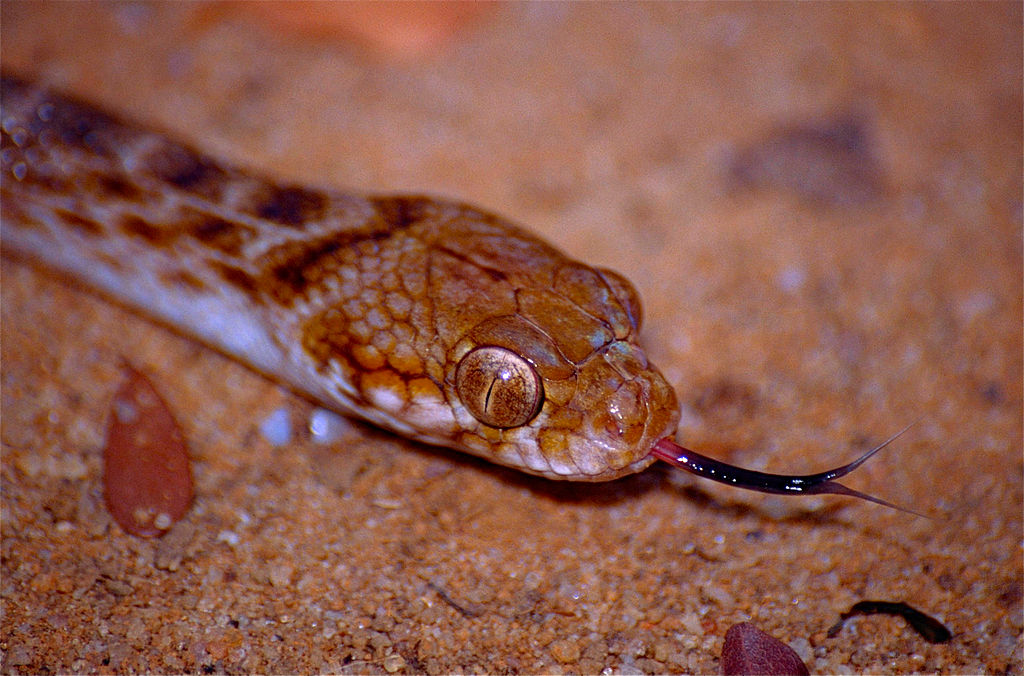
Visual acuity—the ability to resolve fine detail—varies dramatically between day and night for most snake species. During daylight hours, even the sharpest snake vision remains significantly less acute than human vision, with most species able to clearly resolve objects only within striking distance. Studies suggest that the average snake can see clearly only about a third to half as far as humans. In darkness, this acuity decreases further for all species, though nocturnal specialists maintain better relative performance. The reduced visual acuity of snakes compared to mammals reflects their evolutionary history and reliance on multiple sensory systems rather than vision alone. This limitation explains why snakes may not visually recognize stationary humans until relatively close distances.
Environmental Adaptations
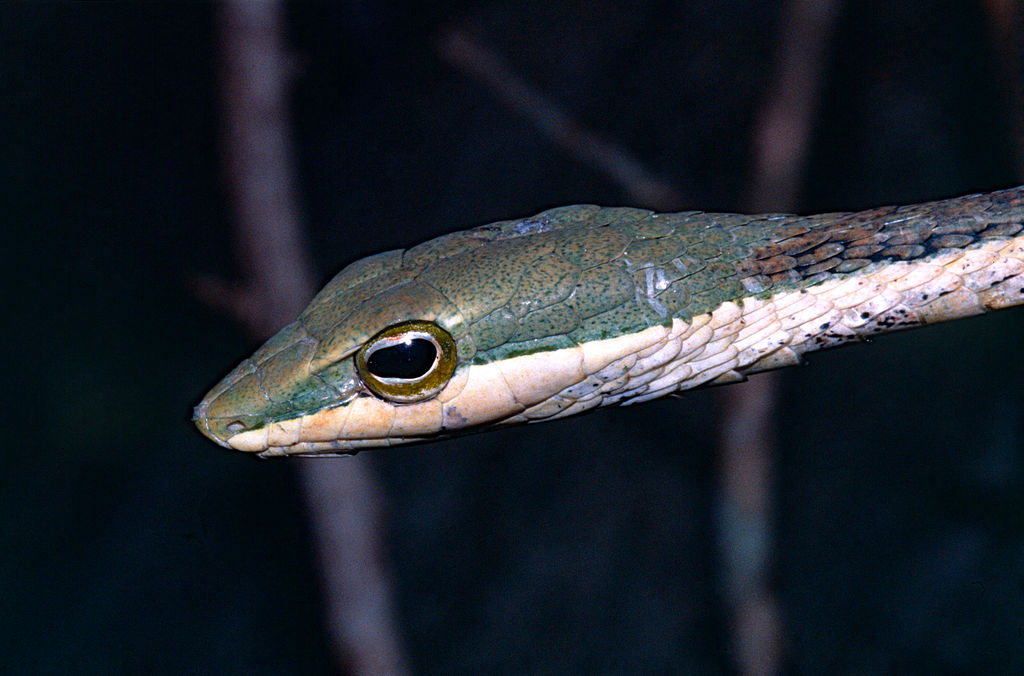
Snake vision shows remarkable adaptation to specific habitats, with visual systems tailored to environmental challenges. Arboreal (tree-dwelling) species often possess larger eyes with enhanced binocular vision, regardless of activity period, improving depth perception crucial for navigating three-dimensional branch networks. Desert-dwelling snakes frequently display adaptations protecting against intense sunlight, including specialized scales over their eyes that filter light without compromising vision. Aquatic snakes have developed specialized corneal modifications that correct for refraction when hunting underwater, maintaining visual acuity despite the different medium. These habitat-specific adaptations demonstrate how snake vision has been refined by natural selection to meet the visual challenges of particular environments, regardless of whether the species is primarily active during day or night.
The Spectacle Scale Adaptation
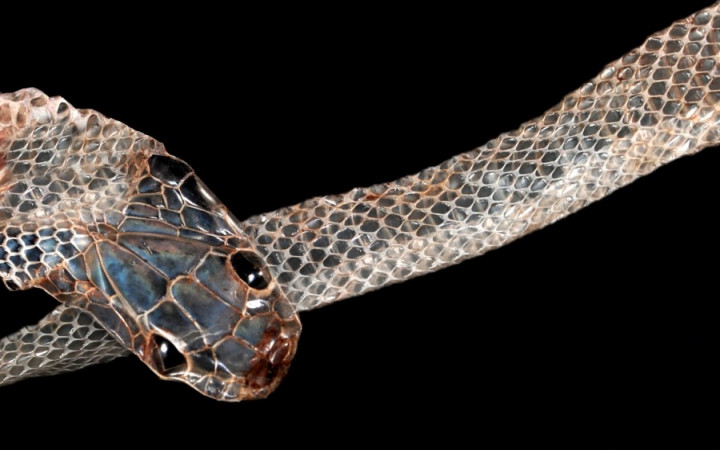
Unlike mammals, snakes lack movable eyelids, instead protecting their eyes with transparent scales called spectacles or a brille. These specialized scales fundamentally influence snake vision in both day and night conditions, serving multiple purposes crucial to their survival. The spectacle protects the eye from physical damage while preventing dehydration, allowing snakes to remain active in harsh environments where exposed eyes would quickly dry out. During the shedding process, the spectacle becomes opaque as it separates from the new scale forming underneath, temporarily compromising vision regardless of light conditions. This distinctive adaptation represents one of the most apparent visual differences between snakes and mammals, affecting how these reptiles interact with their environment at all times.
Vision’s Integration with Other Senses

Snake survival depends on the integration of vision with other sensory systems, with the relative importance shifting between day and night. During daylight hours, many species rely more heavily on visual information, actively scanning their environment for prey, predators, and mates. As darkness falls, even species with good nocturnal vision increasingly supplement visual information with chemical sensing via their tongue and vomeronasal organ (Jacobson’s organ), vibration detection through their jawbones, and for some species, thermal detection. This sensory integration creates a comprehensive awareness of their surroundings regardless of lighting conditions. The flexibility to shift between sensory priorities depending on available light represents one of the most sophisticated aspects of snake sensory adaptation.
Evolutionary Implications
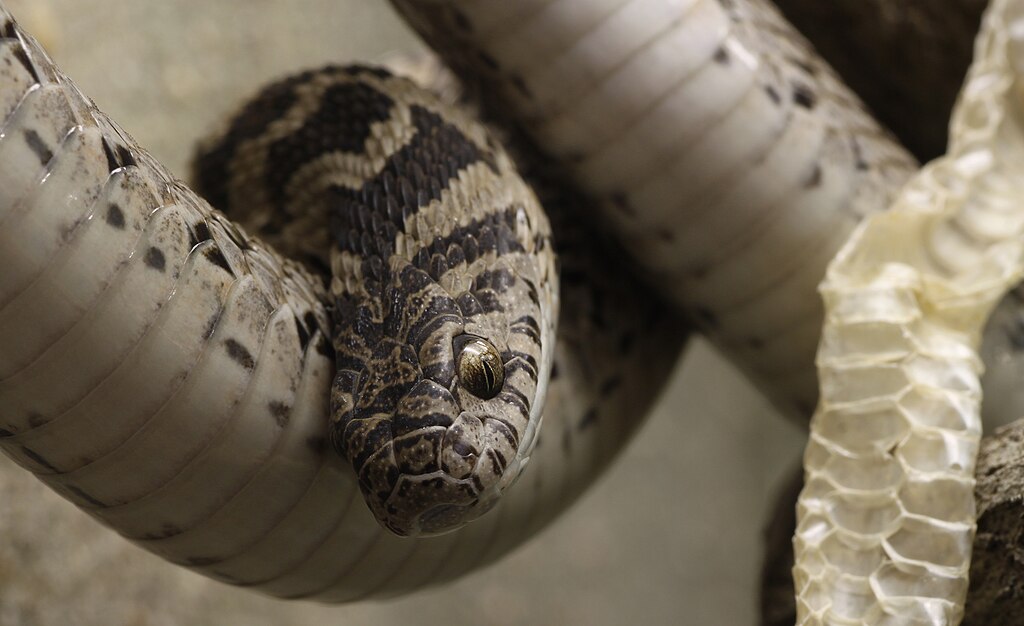
The specialized day and night vision adaptations in snakes offer fascinating insights into evolutionary pressures and trade-offs. Research suggests that ancestral snakes were likely nocturnal, with diurnal vision evolving later as some lineages adapted to daytime hunting opportunities. This evolutionary history explains why even diurnal snakes retain some adaptations beneficial for low-light conditions. The diversity of visual adaptations across snake species demonstrates how vision evolves to match ecological niches and lifestyle requirements rather than following a single “optimal” pattern. Modern snake vision represents millions of years of refined adaptation, with each species’ visual system precisely calibrated to its specific needs, whether hunting by day, night, or during transitional periods.
Snake vision represents a masterpiece of evolutionary adaptation, with sophisticated mechanisms that transform between day and night to maximize hunting success regardless of lighting conditions. From the dramatic pupil changes of nocturnal specialists to the enhanced color perception of diurnal hunters, these reptiles demonstrate how visual systems can be precisely tailored to specific ecological needs. While snake vision differs dramatically from the human visual experience, it perfectly suits these remarkable predators’ lifestyle requirements. Understanding these adaptations not only satisfies scientific curiosity but may also inspire biomimetic technologies and provide greater appreciation for the remarkable diversity of visual experiences across the animal kingdom.

